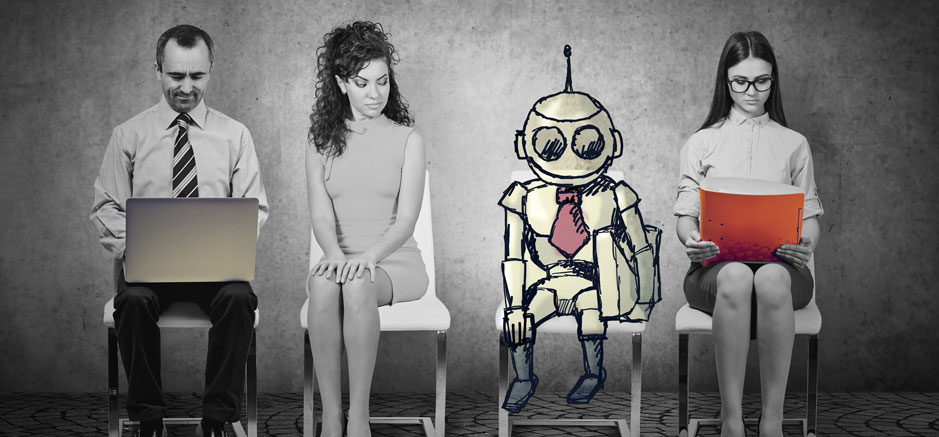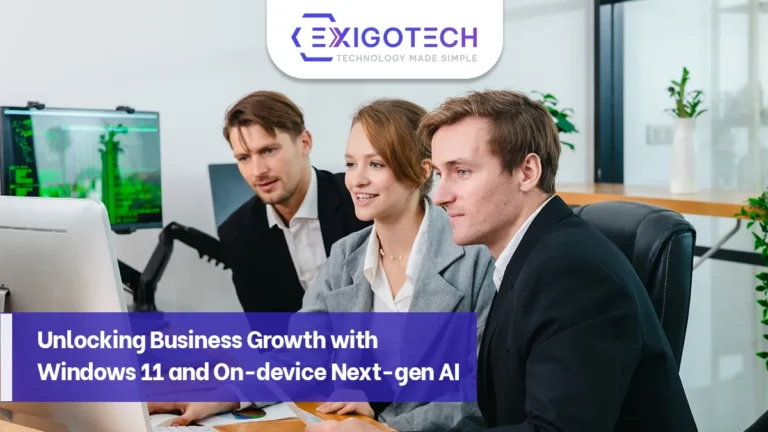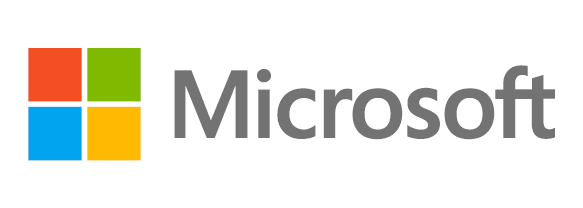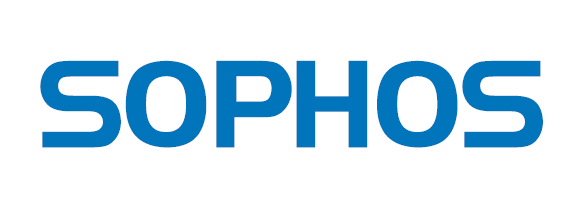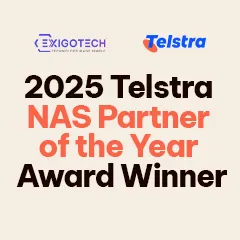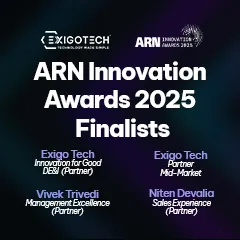A couple of weeks ago, I wrote about how you can begin your cognitive journey in easy steps. Keeping the same focus, this would be a good time to discuss what will the workforce of the future look like. As I sit here writing this article, I wonder about the near future…it sure is going to be a really exciting journey forward – un-learning and re-learning.
We are living in a world that is transforming at the speed of thought. AI and cognitive solutions are slowly replacing human tasks and jobs and affecting the key skills that organisations look for in the people they hire. On one hand is Gen Z and on the other hand are organisations juggling business risks and disruption.
We cannot really predict what the future of work could look like and how organisations and people can prepare for it, but we can definitely gain from perspectives of some world leaders into building an agile organisation with an agile workforce and be better prepared for a new tomorrow. Read below to help you change gears on hiring and build the team for the future.
What is Agility?
When you thrive on change and get stronger and it becomes a source of real competitive advantage
Wouter Aghina, Organisation Design Principal, Accenture
What do organisations need to do?
According to PwC’s report “Workforce of the future – The competing forces shaping 2030” there are many possible scenarios that could evolve, but having a strategy in place can help you adapt. It is critical to be nimble and quickly respond to change and actually benefit from change.
Exigo Tech strategises on organisation solutions to help clients achieve their business ambitions. Contact us today!
Workforce planning is becoming as dynamic as the business enhttps://exigotech.co/contactvironment. Transitioning into the digital world requires preparedness to be dynamic in workforce skills. Whatever may be the case of the future, organisations need to know that future systems will have automation running through their veins and AI and cognitive intelligence may create a new world where humans and machines will work together.
- Strategise workforce planning
- Re-define and re-categorise job roles
- Explore the benefits of humans and machines working together
- Stay ahead of the technology curve
- Focus on problem-solving, adaptability, collaboration, leadership, creativity and innovation as key people skills
For the rest of us, we should remember that intellectual complacency is not our friend and that learning – not just new things but new ways of thinking – is a life-long endeavour.
Blair Sheppard, Global Leader, Strategy and Leadership Development, PwC
What does the Workforce need to do?
Traditional work environments and fixed 9 am – 5 pm shifts will soon be a thing of the past. Opportunities will be afforded to you based on what you bring to the table, which means it’s time to be really “special” in the job market.
It is obvious that the sought-after skills will mean the biggest reward package. Diverse talent will come together to collaborate on a project and leave when the business objective is met. Contract negotiations will be key and ownership of intellectual property and the freedom to work will be as important as financial incentives.
- Un-learn and Re-learn
- Build new skills, experience and networks
- Adapt to changing environments
- Engage with others
- Work alongside machines
- Retain your core sense of identity and values
Agility is the ability of an organisation to renew itself, adapt, change quickly, and succeed in a rapidly changing, ambiguous, turbulent environment. Agility is not incompatible with stability-quite the contrary. Agility requires stability for most companies
Aaron De Smet, Organisation Design Principal, Accenture
Are your looking to weave agility into your organisation?
We help you manage volatility and create optimal solutions to prepare your workforce-and the business-to respond to the impacts of possible future scenarios. If you are looking to take the leap, give us a call today.
 Australia
Australia Singapore
Singapore Philippines
Philippines India
India Vivek Trivedi | Mar 05, 2018
Vivek Trivedi | Mar 05, 2018